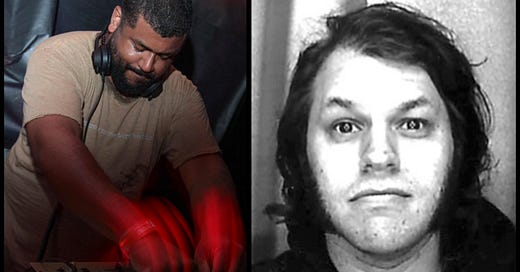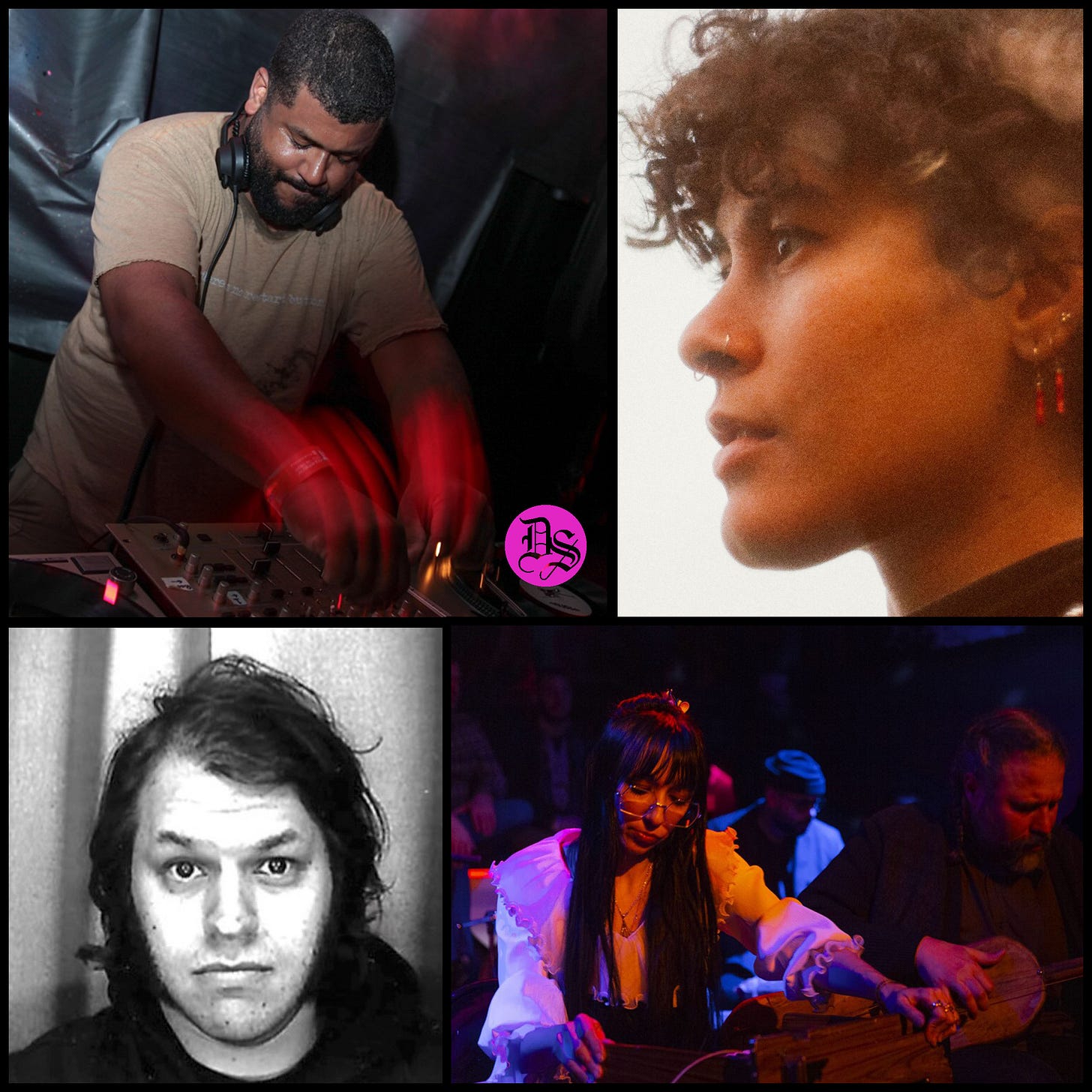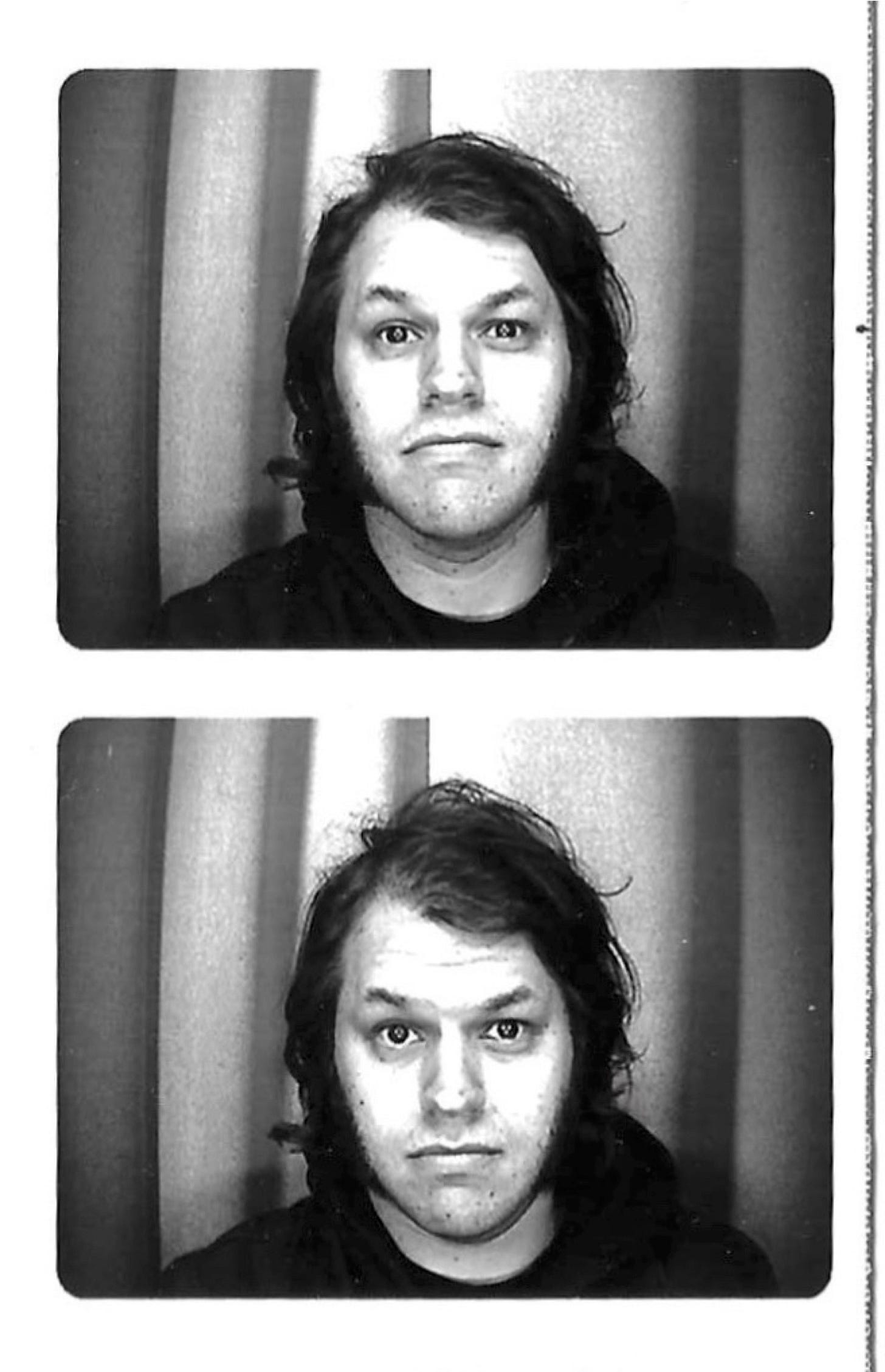Jesse Rifkin’s ‘This Must Be the Place’ | Bklyn Sounds 9/20/2023 - 9/26/2023
A history of NYC music driven not by boldface names but by communities and neighborhoods + Shows: Natural Information Society / Carlos Souffront / Isabel Crespo Pardo / Sam Rivers Centennial / +
Chances are good that most stenographers and devotees to the “philosophers of rock” would dismiss Jesse Rifkin’s new book on the history of popular music in post-War New York as more of the same, a retread. And there’s no doubt that This Must Be the Place, a thick but breezy tome, stands on the shoulders of prior writing on the subject — Legs McNeil’s Please Kill Me, Will Hermes’ Love Goes to Buildings on Fire, Tim Lawrence’s Love Saves the Day and Life and Death on the New York Dancefloor, with other acts pulled in from Lizzie Goodman’s Meet Me in the Bathroom and David Hajdu’s Positively Fourth Street, plus a slew of famed autobiographies. Why bother recasting already-told stories?
Yet the layers that distinguish Rifkin’s book — what it provides more clearly than previous best-sellers — can be found in its subtitle: Music, Community and Vanished Spaces in New York City. Because this is as much a story of what happened, as where and to whom. The bold-face cover boys are only a part of it. Must Be the Place’s narrative drills into a fuller picture of Manhattan (and by its end, Brooklyn) neighborhoods where the action took place, and the people that populated these blocks when the musical circuses rolled in. Rifkin’s stories are filled with the extras previously deferred to the background — whether residents of long-existing local communities, or buildings whose stories predate the arrival of The Kitchen or The Loft or any decade’s suburban teenagers inventing the future and/or gentrification. Those extras are finally getting their close-up. Place makes the point that New York music history isn’t just a set of individual scenes, but part of the city’s long and still-ongoing cultural continuum, everyone sharing the same physical footprint and circumstances.
For the most part, its analysis is less arts-critical than sociologically populist. This Must Be the Place doesn’t strike a scholarly pose because that’s not who Rifkin is. A self-described “failed musician” in love with the city’s musical stories, fluent in many of them (his older brother worked at Bleecker Bob’s), Rifkin began doing guided local-rock-history tours around Manhattan in 2017 as a way to make a living. “I realized that my favorite part of making music was talking about it,” he told me last week, laughing all the way. By the end of 2018, Walk On The Wild Side NYC was doing well enough that it became his full-time concern. He never even considered turning these walks into a book until the guy who became his literary agent suggested it just before the pandemic, and lockdown provided the time to do research and great one-on-one interviews. (He publishes the latter in full on his excellent Substack.)
You can sense Rifkin’s hands-on, block-by-block approach to the story from the very beginning. Though the book generally proceeds in a chronological order of the various eras — from the folk boom of the 1950s to the “indie” invasion of Williamsburg at the turn of the century — nothing is self-contained, especially the real-estate commerce that shadows almost the entire tale. In clear delineation of Rifkin’s true subjects, each chapter ends not only with a list of key recordings from that particular scene, but with a section on the “Afterlife” of the physical spaces discussed. These are general overviews on the transformation of the neighborhood, and then the gory details, how many buildings remain, how many are still culture-werks, how many have been replaced by condominiums, which got turned into a John Varvatos store, the few that are still there and relevant, and so on.
If Hermes and Lawrence had already seeded the sense that downtown’s artists, sounds and scenes were continuously cross-populating, Rifkin maps out just how on top of one another these people and communities were, sometimes give or take a few years. There was almost no choice but to meet and greet each other. That, for instance, David Mancuso’s original Loft and the Mercer Arts Building, site of the original Kitchen, were on the same block around the corner from one another (cue a young Arthur Russell). That Mancuso's second Loft at 99 Prince Street, was right around the corner from Greene Street Studios where great hip-hop, dance and noise-NYC records and remixes were being pumped out in the ‘80s and early ‘90s. That before he founded the hardcore band Fear in Los Angeles, Lee Ving worked as a bartender/bouncer at Slug’s Saloon, an East 3rd St dive bar that hosted Sun Ra’s Arkestra weekly, and is generally considered one of the foundational places for New York free jazz. (This same block of East 3rd also played host to the original Nuyorican Poets Cafe and Mancuso’s third Loft.)
Rifkin approaches all these blocks and these stories without the simplification that they were blank canvases, not unblind to the displacement the incoming arts caused. This realism especially rears its head in excellent later chapters about New York hardcore’s birth in Alphabet City in the late 1970s and ‘80s, the Antifolk scene of the ‘80s and ‘90s, the end of new music in Manhattan around the turn of the century, and the music’s Brooklynification. Rifkin tells me he recognizes the cultural tension between “hardcore kids coming into Alphabet City fucking things up for all the Puerto Rican families living there,” and the levels of civic lawlessness and incredulity that allowed “actual children — like 12- and 13-year-olds — to come together in a place and make a scene that goes all night long, every weekend.” It is a scene where we initially encounter ‘tween Beastie Boys and where Bad Brains make their New York beach-head, and Rifkin’s writing is plainspoken, sympathetic to both the existing communities affected and a need for youth culture to find space (also vanishing) to form new ideas.
The Williamsburg chapter finds a similar situation, but with more warehouse space and even more economic distress for a young influx of artists to temporarily put a stamp on, before handing the development keys over to the city’s power-brokers. In an anecdote, DJ Olive, a turntablist/producer of illbient renown, describes a 1990 punk-art-warehouse party called Cat’s Head being busted by the cops. The party’s producers, two European expats named Terry Dineen and Jean-Francois Pottiez, jump into a car with cops, and a half-hour later emerge, allowing the party to continue. “That was the beginning of gentrification in Williamsburg,” Olive says. “Just leave this shit-alone, because it’s going to raise the [property] value. There’s this grace period where it’s just a free-for-all.” It’s the chaos that gives rise to the profits. Olive’s story sounds like a conspiracy theory, but also, if you’ve lived through the last 30 years of real estate development in NYC, thoroughly plausible.
Another great thing about Rifkin’s populist narration is the righteous disdain he consistently shows some of the actors who’ve dulled New York. Or, in some cases, put into motion its cultural death-spiral. The “Aftermath” section of the excellent chapter on the rise and fall of Midtown mega-clubs, which saw a certain ‘90s New York mayor vilify and criminalize New York nightlife like no one before or since, ends with an immortal epitaph: “As of this book’s writing, Rudy Giuliani is tragically still alive. I wish him nothing but the worst.” This is not music writing as philosophy, but as a loud-ass punk “No!” backed by on-the-ground reporting worthy of the best ‘zines.
If you’ve read a lot of New York music books, there is no doubt that This Must Be the Place covers familiar ground, but the city’s true spirits (both the devils and the angels on its shlder) make themselves known in a way that they don’t always when these stories get told. “Hopefully, [the book] pulls all this stuff out of the realm of the superhuman, the rarefied, the sacred grid,” Rifkin tells me when I ask why this kind of point-of-view should matter. “And makes it real.”
Jesse Rifkin’s Walk On the Wild Side NYC also has an excellent InstaGram feed, full of New York musicking stories and images, and updates related to the book. On Thursday, September 28th, Rifkin will be talking about the East Village Music Scenes 1960-2000 at the St. Mark’s Church, 131 E. 10th St., Manhattan. RSVPs required.
This Week’s Shows:
Keep reading with a 7-day free trial
Subscribe to Dada Strain to keep reading this post and get 7 days of free access to the full post archives.





